Can the cut roses in the flower shop be propagated by cuttings? Try many times, these tips are essential
I believe many flower lovers have a question, that is, can the fresh cut flowers in the flower shop be used for cutting propagation? For example, can the common cut roses, these beautiful and charming flowers, be "reproduced continuously"? If you want to know the answer, you need to try more and practice more.

Next, we will use ordinary yellow roses for testing. This is a relatively common variety of rose. Of course, it is called "yellow rose" in flower shops.
When choosing these roses, you should also choose rose branches that are as fresh as possible. Cut these fresh rose branches into sections, and each section should have at least 1 to 3 growth nodes with buds.
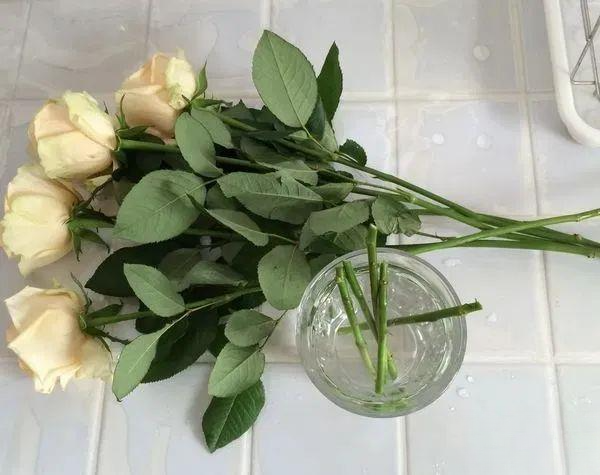
In fact, you should choose relatively fresh cut roses for cuttings at the beginning. The specific judgment method is also very simple, that is, check whether its leaves are still shiny and whether the leaves are shriveled and dry. If the rose branches are no longer fresh, the leaves begin to become very brittle, the texture feels completely different, and the branches will shrink, then such branches will definitely not survive cuttings.
1. Choose the right branches
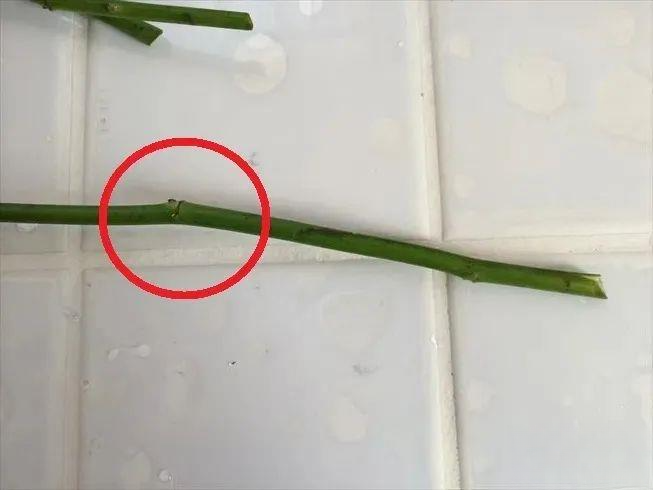
The above is the bud point at the growth node of the rose
When choosing branches, you must choose those that are relatively full and fresh, with shiny leaves and more buds on the branches. This is extremely important. As long as there are buds, new buds can grow and grow into new branches later. If leaves grow all over the buds, it will definitely be difficult to successfully graft. Even if roots are taken later, the branches will gradually turn black.
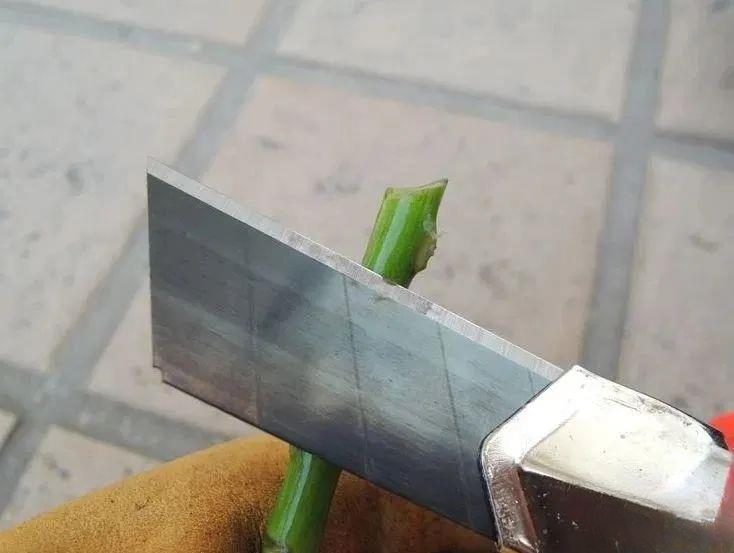
Before you start cutting roses, you need to prepare enough tools, including sharp scissors. They should be disinfected before pruning, and you can apply alcohol on them. Next, prepare some smaller flower pots with more drainage holes at the bottom.
In addition, prepare some loose and well-drained sandy soil for cuttings. You can use peat soil with perlite and vermiculite in a ratio of 1:1:1, or use pure vermiculite or pure Akadama soil for cuttings. During the cutting process, make sure the soil is loose and breathable, and keep it in a ventilated and light-transmitting environment to maintain a warm and humid environment.
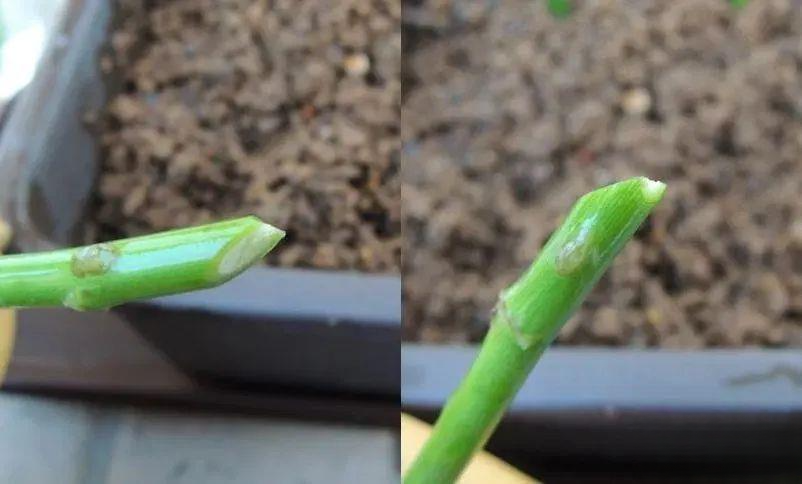
The above is the technique for cutting the bottom of the branch. Cut it diagonally at about 45 degrees about 3 cm below the growth node of the branch, and then cut a little diagonally from the other side of the incision.
If you want to increase the chances of branches taking root and sprouting, you can prepare some rooting powder in advance and apply it to the bottom of the interface to prevent fungi and promote faster root growth.
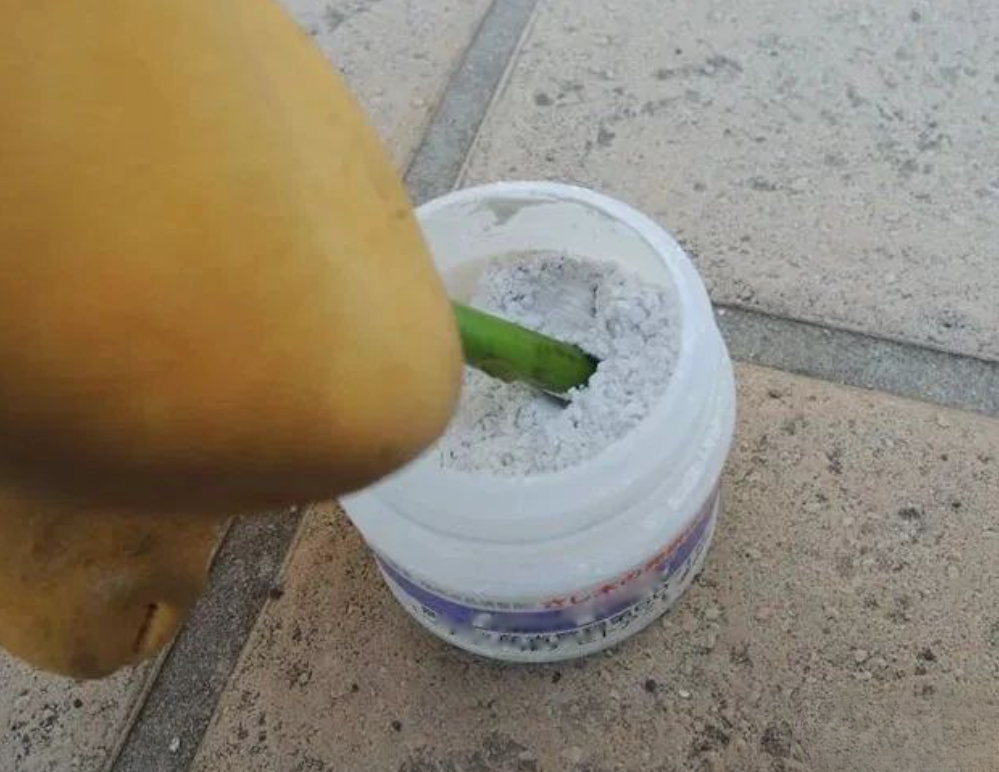
Apply rooting powder to the bottom of the branches (or soak them directly in sterilization solution)
Before cutting, you can first root it in water or directly in soil. The most important thing is to have a suitable environment. Whether it is soil cutting or hydroponic cutting, there must be appropriate scattered light. If there is no light, it will be difficult to take root and sprout.
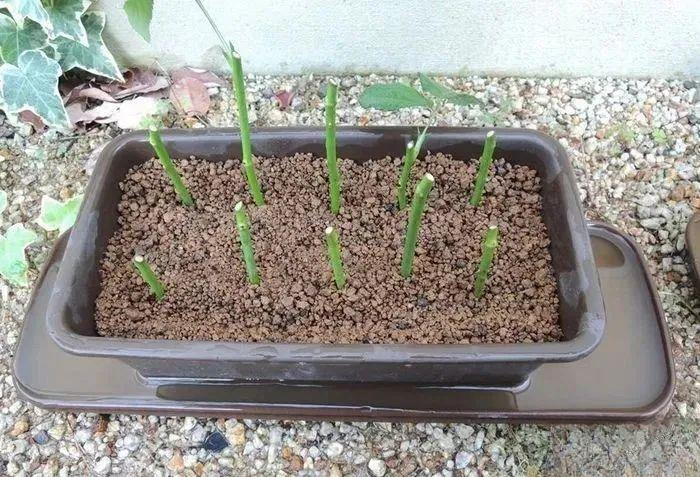
Use a sharp knife to cut the branches of the rose, making sure that the branches grow strong. Next, select the pruned branches, and be sure to choose rose branches with buds. Each section should be about 10 cm long. Cut the branches at an angle at the bottom and flat at the top.
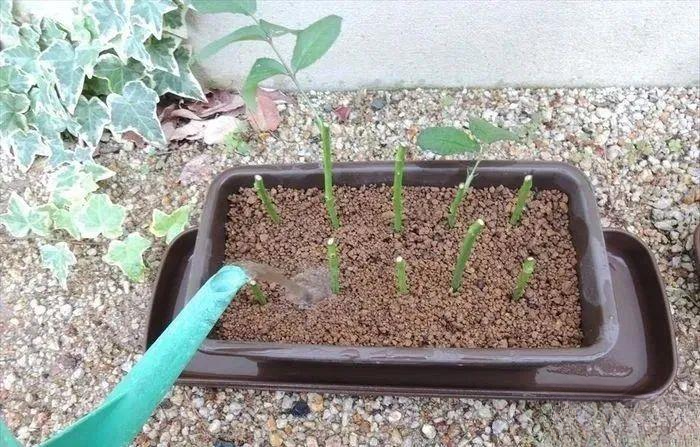
All the leaves of the branches can be removed. It is not necessary to have leaves for photosynthesis. It is not realistic to use leaves for photosynthesis to produce roots, because too many leaves will cause a lot of water loss, which will not only fail to promote rooting, but will easily cause the branches to wither. If the branches are particularly strong and full, you can appropriately retain 2 to 4 leaves.
2. Branch processing and cutting
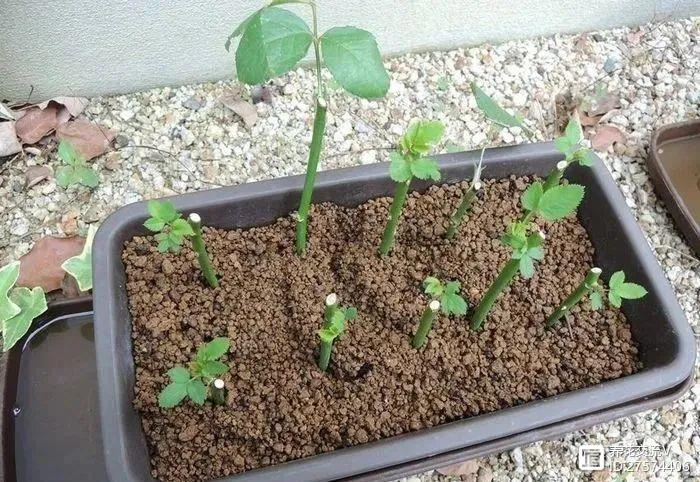
The branches of roses can be soaked in rooting powder solution for half an hour, and 4 to 5 drops of meconium-Zinc can be added into it, which has the effect of preventing the growth of bacteria. If meconium-Zinc is not available, carbendazim can be used instead, but the effect is not as good.
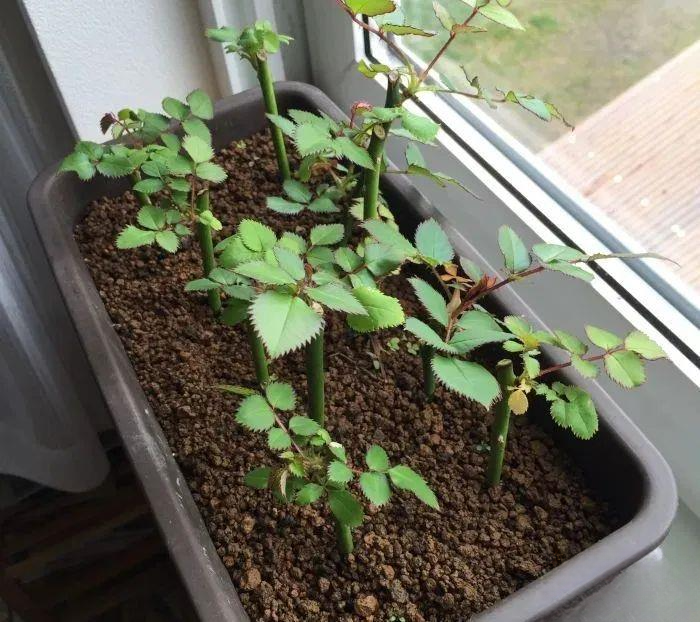
When cutting the branches of roses, the cut must be flat and trimmed below the cut. In order to ensure a flat cut, it is best to choose a new utility knife or blade for cutting, and be sure to wear gloves to avoid hurting your hands.
After that, you can prepare the potting soil. After watering it moist, poke holes in the potting soil with your fingers, and then insert the branches into it. The branches are generally planted 4 to 5 cm into the potting soil, and then water it thoroughly again.
3. Environment after cutting
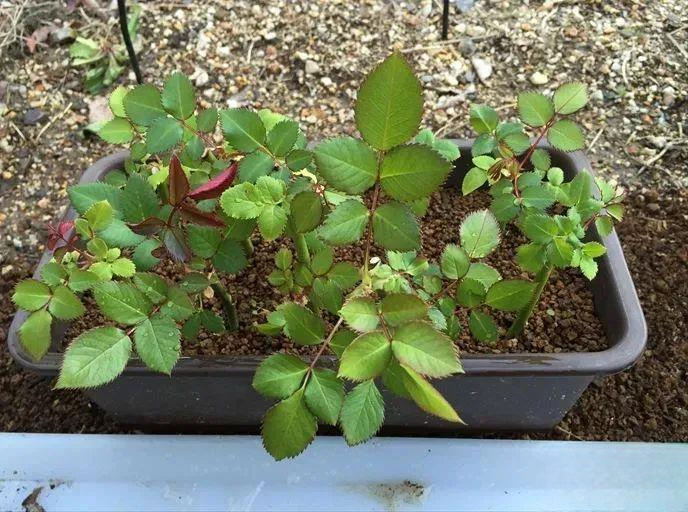
The cuttings of roses can be placed in an outdoor environment with good ventilation and light, and the temperature can be maintained between 18 and 22 degrees.
Ensure a warm and humid environment with high air humidity. Good ventilation and higher humidity. About 2 to 4 hours of soft scattered light every day. After about 3 to 4 weeks, the roots will slowly grow out, and then new buds will sprout again.
4. The key to regular sterilization
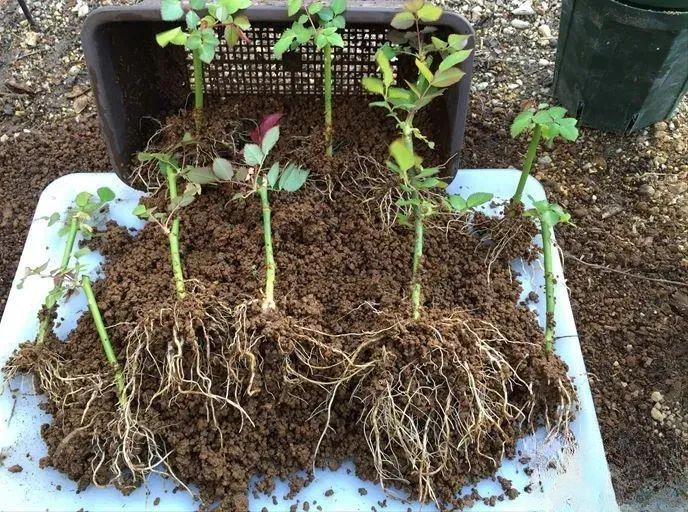
During the rose branch cutting period, it is also important to pay attention to regular sterilization. The key to preventing the rose branches from turning black is to use some carbendazim solution or other bactericidal solution to water the potting soil once every 1 to 2 weeks, which can achieve better sterilization effects.
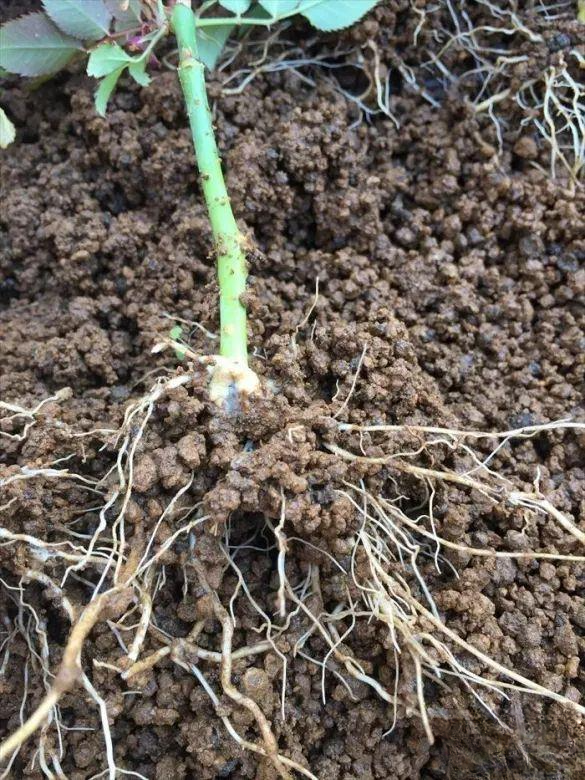
After about a month, new buds will continue to emerge. If the branches have not yet taken root but have not withered, you can continue to keep them until they gradually sprout and take root.
Summarize:
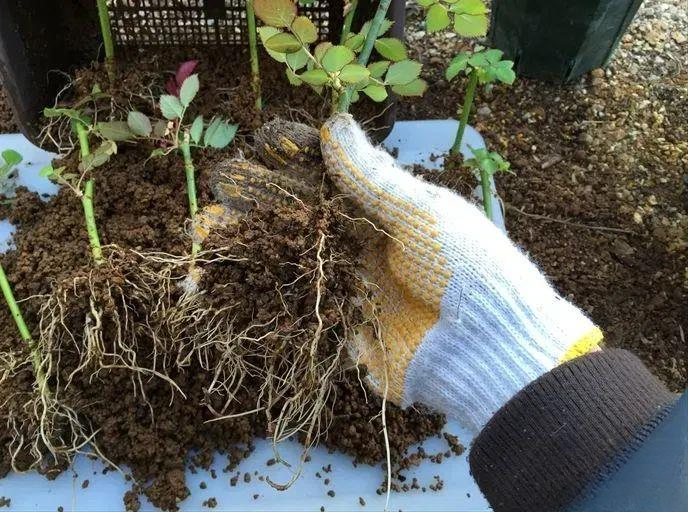
During the cutting process, it is necessary to maintain a more diffuse light, a warm environment, and regular watering. Also pay attention to regular sterilization.
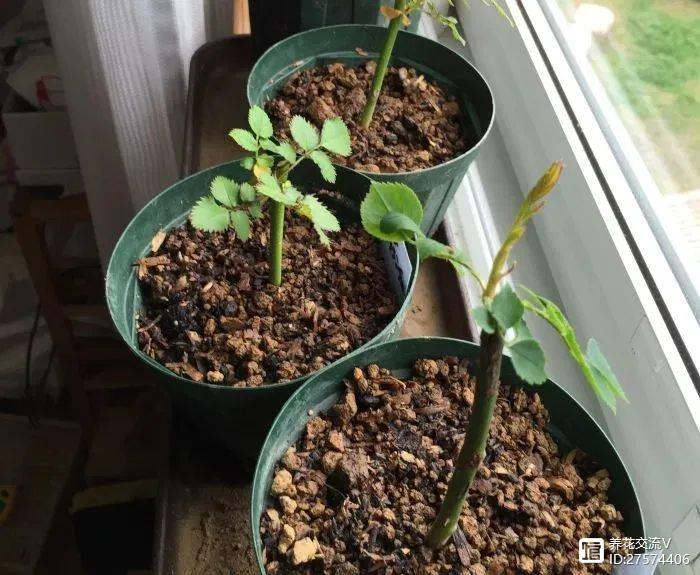
If you do these things well, the rose cuttings will gradually grow strong root systems, and the small buds will also grow strong. After that, the rooted and sprouted cuttings can be transplanted back into new potting soil. First, place them in a ventilated and shaded place to slow down the growth for a week, and then slowly expose them to the light. After they grow strong, you can manage them normally.